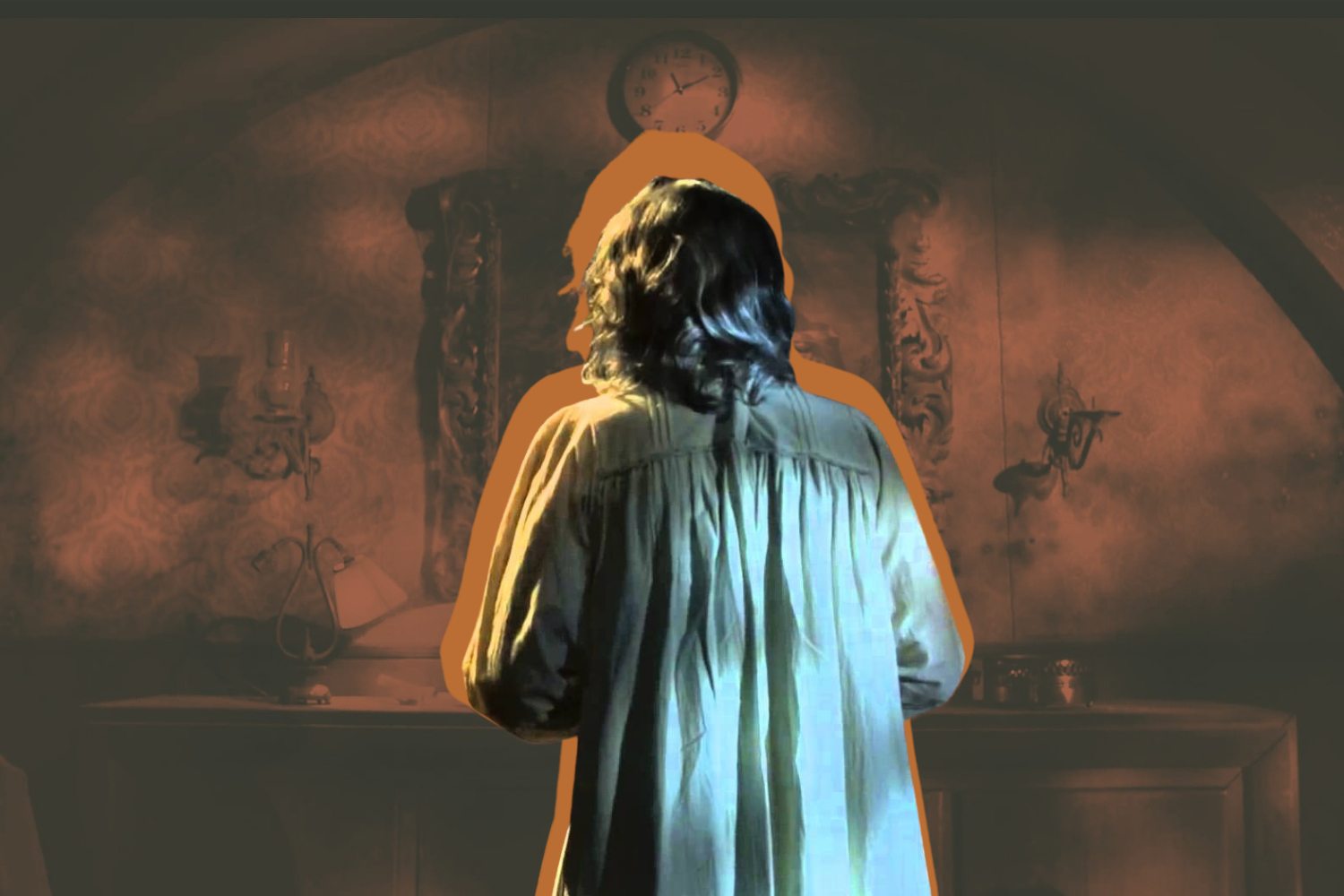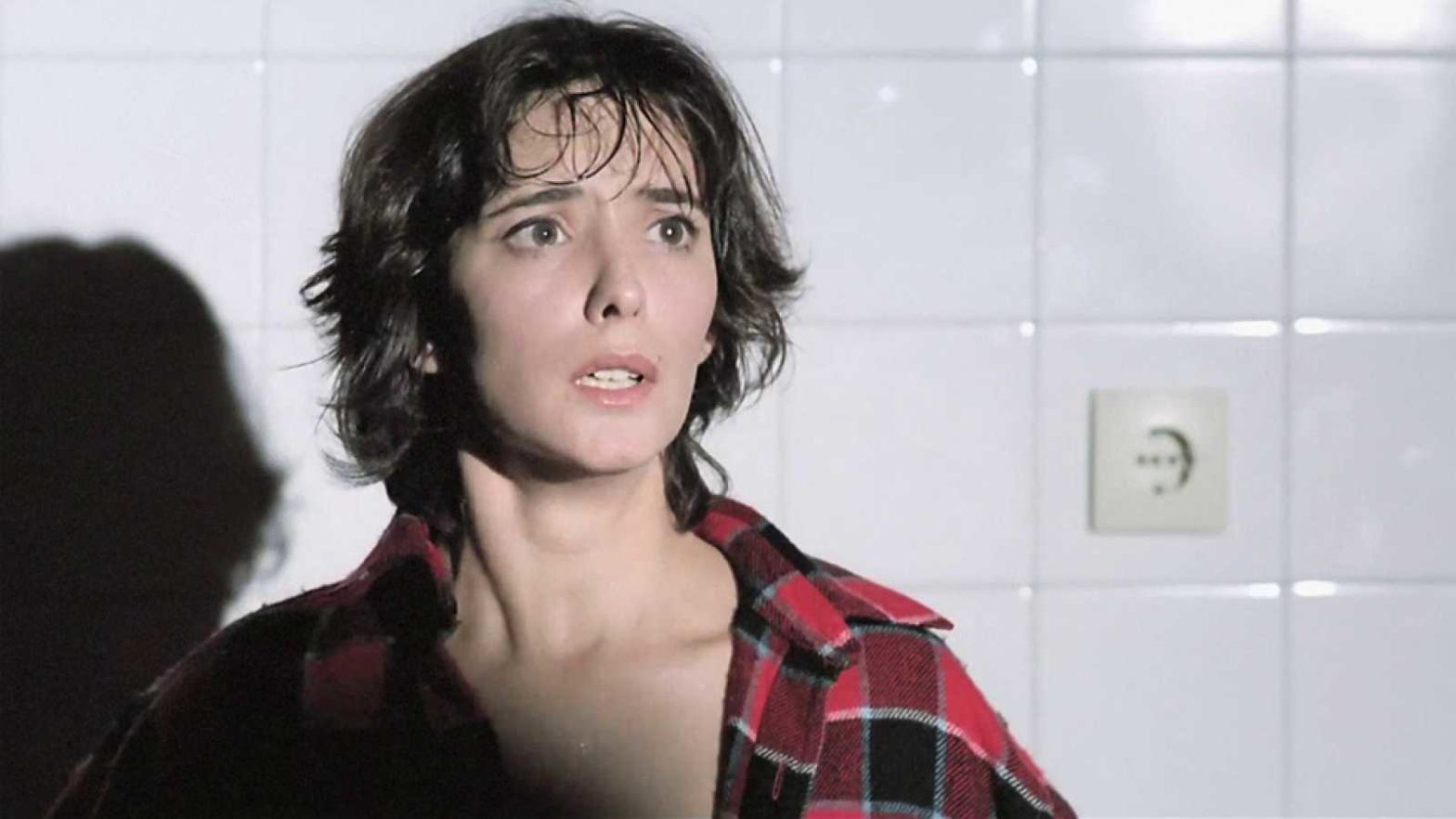Editorials
Time-Travelling Trauma in ‘The House at the End of Time’
May 14th, 2021 | By Chad Collins

The House at the End of Time, Venezuela’s highest grossing genre title, is an electric, mind-bending, and contagiously empathetic house of horrors. Set in the midst of Venezuela’s economic meltdown in 1981—a period where poverty and hardship were widespread and voter discontent was rampant—Dulce (Ruddy Rodríguez) moves into an old home with her sons Leopoldo and Rodrigo (Rosmel Bustamante and Hector Mercado, respectively) and her husband, Juan José (Gonzalo Cubero). Plagued by a supernatural phenomenon, Dulce and her family are savagely attacked one evening, resulting in the death of Juan José and the disappearance of Leopoldo. Dulce must then unravel the mystery behind her husband’s death and son’s disappearance before it’s too late.
The House at the End of Time ( La casa del fin de los tiempos) is perhaps the preeminent time-travel horror movie, a heartfelt scare fest abounding with humanity and distinct, cultural tinctures. Moreover, it adroitly interrogates both the collective trauma of an entire country and the singular trauma of one fractured family. The impact of one colors the other, offering a paradoxical cycle of healing and pain. It’s a shame that the movie isn’t more widely known, then, with few traces of it available online—barring dated notes of a New Line Cinema remake that, as of 2021, has had no further developments. Like the ghosts that figure so centrally in its occult-laden domestic labyrinth, the public writ large might be encouraged to conclude that it simply does not exist.
With shades of Guillermo Del Toro’s The Devil’s Backbone and Alejandro Amenábar’s The Others, The House at the End of Time deserves recognition alongside them as one of this century’s most sensational ghost stories. Scary, flavorful, and incredibly smart, it’s a fantastic movie that merits a wider audience, one that stations its supernatural scares in a vividly realized world contextualized by frightening history.
Underscoring it all is a clinical, unqualified consideration of multi-generational trauma. Trauma and violence are pathological, both conditional and permanent. Violence and trauma beget far-reaching, biological shifts, fracturing and changing the trajectory of entire bloodlines on both a micro and macro level. It’s what renders movies like Hereditary so successful—the trauma-informed narratives are conceived and executed in such raw, powerful fashion, it becomes universal. Micro-narratives of filmic trauma correspond to the trauma of our own, collective lives. The pain of one’s mother and the pain of their father, and the pain of their parents, becomes one’s own—a possessive and all-encompassing presence that haunts the body and mind like a poltergeist of hurt and maladaptive nourishment.
There is violence in that grief and pain; just as eye color and disease predisposition are passed from parent to child, so too is their pain, born out of it like Eve from Adam’s rib. Dulce, convicted and sentenced to thirty years for the ostensible murder of her husband and son, is merely pantomiming the likely conviction of her own parents in Venezuela after World War II, where the resettlement of thousands of European refugees and a geopolitical shift augured its future decline as the preeminent Petrostate, a deterioration that engendered abject poverty and suffering of almost mythic degrees.
This poverty is what traps Dulce in her home, even when the lives of her children are threatened. With no work and no income, her options are nonexistent. Considerably worse, perhaps, are the veiled threats of Juan José. Dulce, he avers, has no chance to be a woman in the world, a woman and mother in her own right. If she dares to leave—he threatens—he will find her and he will kill her. So, Dulce remains, trapped with the spirits of the dead and the savagery of the living.
The house, Dulce soon learns, has the cosmic capacity to transport its residents through time. It is arbitrary, a capricious science-fiction vessel bearing more resemblance to the iconography of BBC fiction than an international genre picture. The house is rendered symbolic, beyond just the domestic capacity for violence and pain to erect houses of their own. The trauma and pain of the past, in its own way, can travel through time as an amorphous, perennial being. In the denouement, Dulce learns that the spirit haunting the house is her. Thirty years in the future, Dulce is transported back, and having learned the truth—that Rodrigo will die in an accident, Leopoldo is afflicted with an unknown disease for which there is no cure, and Juan José, having learned that Leopoldo is not his son, will try to kill him—intervenes to try and rewrite history.
For the most part, it is to no avail. With cryptic notes and spectral showings—pounding on doors, fervently urging her past self to flee—Rodrigo is still killed, and Juan José still learns the truth, and on the fateful night, pursues Leopoldo through the house, knife in hand. The pain of one family—their generational trauma—persists in past and present, and no amount of cosmic intervention can change that.
Dulce, however, does have one chance to make a difference. Should she accept the agony—–her own conviction, figuratively and literally—she could intervene to save Leopoldo. In the present, his disease can be cured. So, the older Dulce travels back, kills Juan José, and steals Leopoldo away to the present. In the past, the younger Dulce is left confounded, condemned by an older version of herself. She is arrested, taken away, and incarcerated, without even the comfort of knowing that she’d done this to herself in an eleventh-hour effort to save her son. Sometimes, the source of the trauma is both known and unknown, a cycle whereby individuals are hurt by both themselves and the world around them.
There is hope, though. In the present, Leopoldo is reunited with a childhood friend, now older and a member of the clergy. He can live, but Dulce must still die and serve her sentence. She says her final goodbye, content to die alone in her home—damned there under house arrest for the remainder of her sentence. Leopoldo is dressed as an orphan and taken from the house, never to return again. It’s a bittersweet ending, one rendered all the more frightening by the current state of Venezuela. For a horror film so grounded in realism, that context is difficult to ignore.
With cerebral suspense and funhouse scares, The House at the End of Time initially grabs you by the throat. In the end, however, it poignantly engages with something considerably deeper. In the early goings, the spectral jumps, cacophonous screams, and swirling suspense threaten to scare you senseless. And it does. It scares remarkably well. When the end credits roll, though—when accounting for all the generational trauma and crestfallen sacrifices of the characters on screen—it amounts to something more. It’s irrevocably posed to break your heart.
Visit our Editorials page for more articles like this. Ready to support more original horror criticism? Join the Certified Forgotten Patreon community today.


